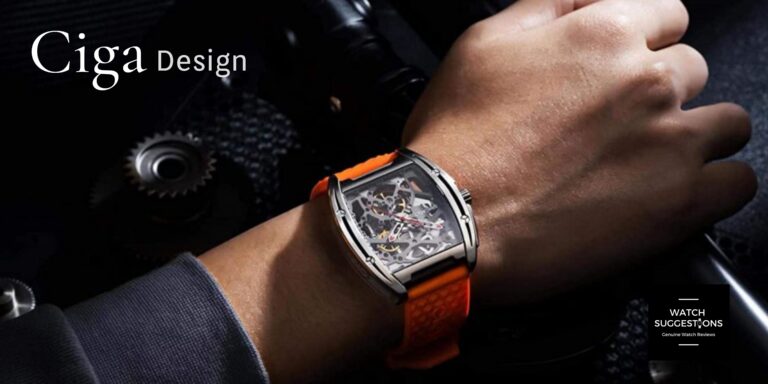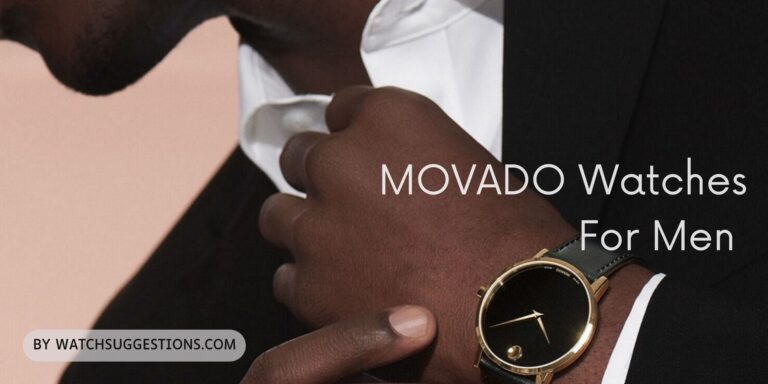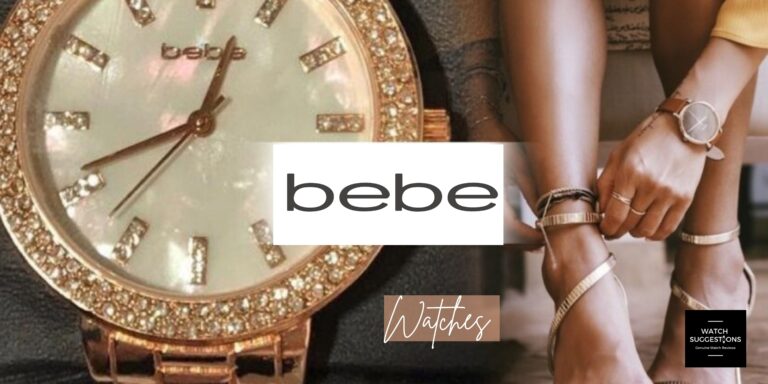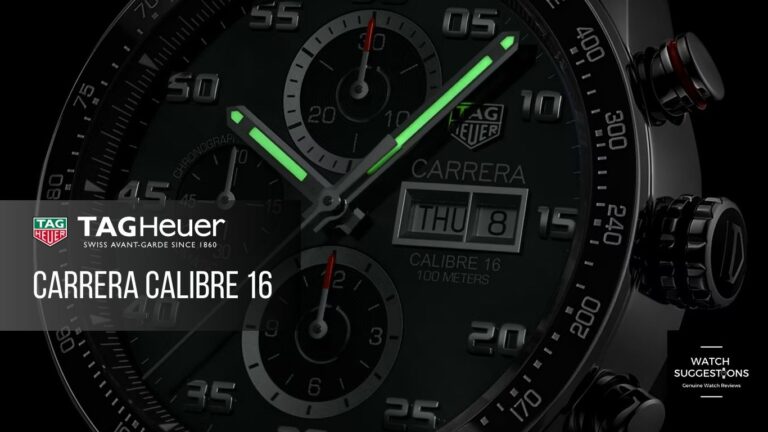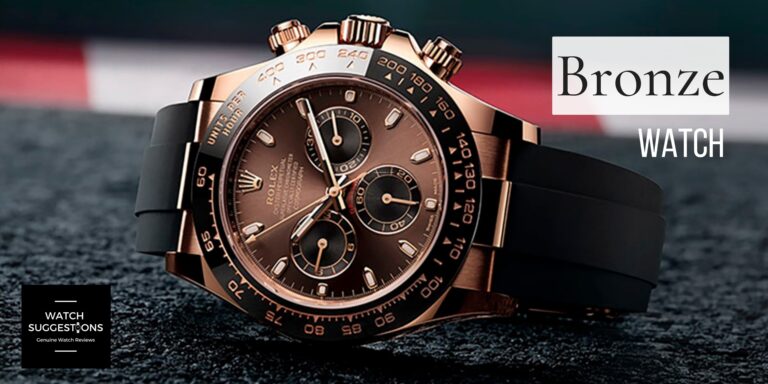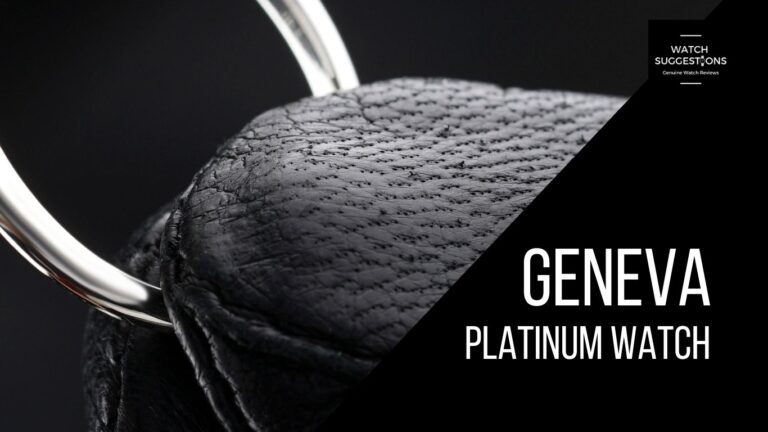Watch Crown Explained: 7 Hidden Facts Every Collector Should Know
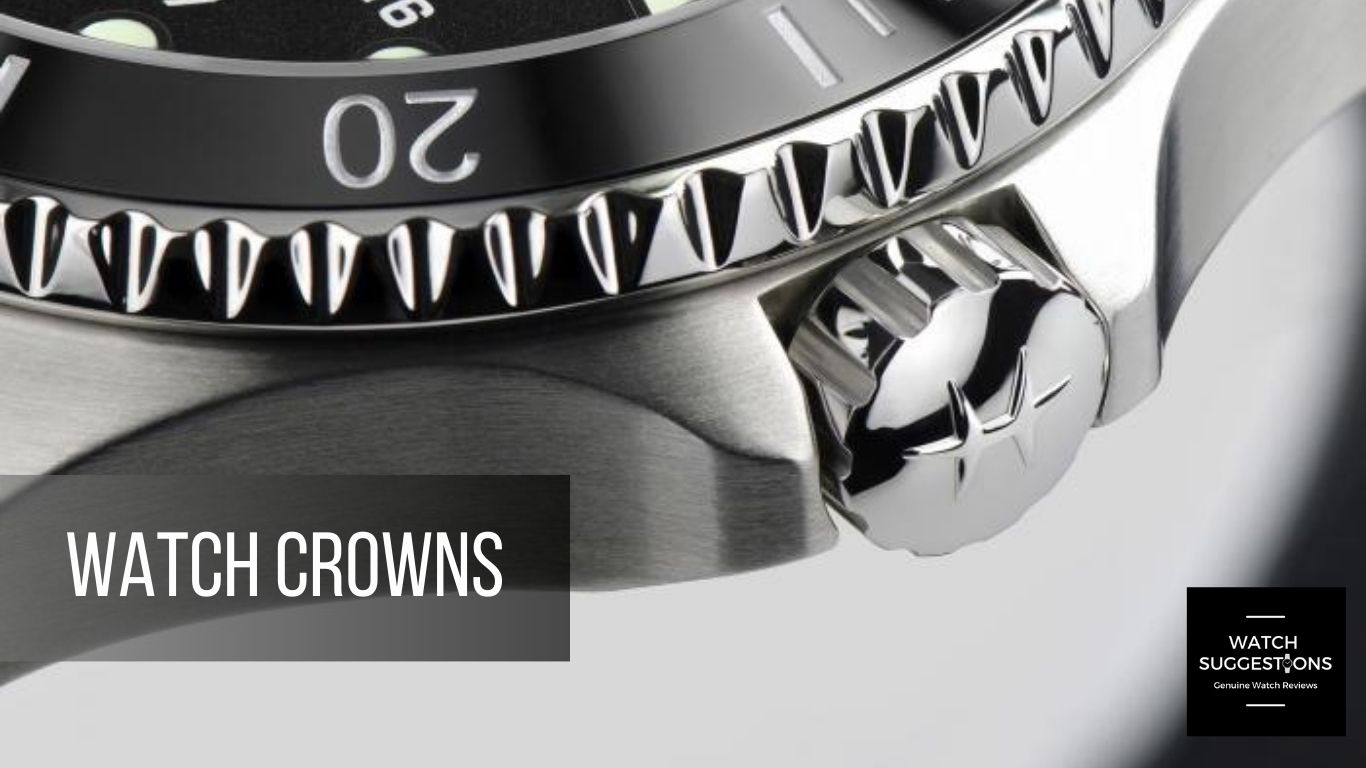
What Is Watch Crown? What is the history Of The Watch Crown? Why Is The Crown Of The Watch Important? I know you are looking for the answer to these questions.
Let’s deep dive into our today’s topic — Watch Crown.
There is a widespread misunderstanding among new watch enthusiasts. They say an expensive watch is the best watch.
But real collectors know better. A man is defined by his extensive collection of watches. Timepieces with intricate mechanisms and endless style.
An informed view of watchmaking focuses on creativity. It emphasizes the importance of balance.
The best way to enter the world of watch enthusiasts is to begin with the fundamentals and gradually move on to understanding the internal mechanisms.
One of the most recognizable aspects of a watch — along with the dial itself — is the crown. Like anything royal, elegant, and essential.
What Is Watch Crown?
The small ribbed knob at three o’clock on most mechanical and automatic watches that’s the watch crown (also called the winding stem).
To blend in with mechanical watches, even solar watches have crowns. The crown of a watch is one of the most essential— yet fundamentally straightforward — components.
This insignificant knob connects directly to the watch’s internal movement, which explains its regal name and vital role.
For a mechanical or automatic watch to function. The wearer must manually wind the crown.
The primary function of the crown is to wind the mainspring. It powers the watch’s entire functionality.
Your watch will stop working if you don’t wind it. A dead watch not only causes you to lose time, but it can also affect how your watch will work in the future.
Your watch will remain in good working condition for many years by turning a knob every other day.
Also, the detailed systematic routine will make you feel like a watch boss. Routinely taking care of our investments is what makes them assets.
The watch will keep time for 35-45 hours after it has been fully wound before needing to be rewound. The watch’s crown is used for more than winding.
The various watch functions can also be set with the crown. This incorporates establishing the point in time down to the moment or even second.
For more insights on watch anatomy and history, check out our take on Crown and Caliber — a deep dive into how these two elements define craftsmanship.
Can You Overwind a Watch?
This is a common myth. Most modern automatic watches are equipped with a mechanism that prevents overwinding. So, once the mainspring reaches its maximum tension, the winding system disengages.
On vintage manual watches, yes — overwinding was a real risk. But with today’s engineering, overwinding is no longer a serious concern for most collectors.
History Of The Watch Crown

Before 1830, watches were wound using a key, much like a grandfather or mantel clock.
In 1830, Antoine Louis Breguet introduced the first keyless winding mechanism — the crown. At the time, it was simply called a knob.
Though small, it performed the same fundamental functions as a modern mechanical or automatic watch crown.
The crown is a watch’s all-encompassing mechanism of functionality, not just for winding:
The crown is used to wind a watch’s mainspring. This gives the watch’s internal movement its “energy” and power. The watch’s time is set by turning the crown.
You can set up other parts of a watch face, like the world clock or the lunar calendar, using the crown.
The water-resistant seal on the crown of a divers’ watch. It helps keep moisture out of the watch’s internal mechanisms.
There are a variety of watch crowns based on history, functionality, and luxury. In this age when the watch defines a man.
Understanding the functions of these various watch crowns is important. It will help assist you in making an informed buy in the future.
Along with that, it can also help you in understanding the origins of iconic watches. and how to identify distinct watches in private collections or the real world.
Also, it tends to be an incredible icebreaker when you meet somebody with a specific watch crown. They say that the crown on a watch is like a window into one’s soul.
Well, maybe not, but being able to identify the various crowns. It does help you identify the various watch wearers and the things that are significant to them.
Why Is the Crown of the Watch Important?
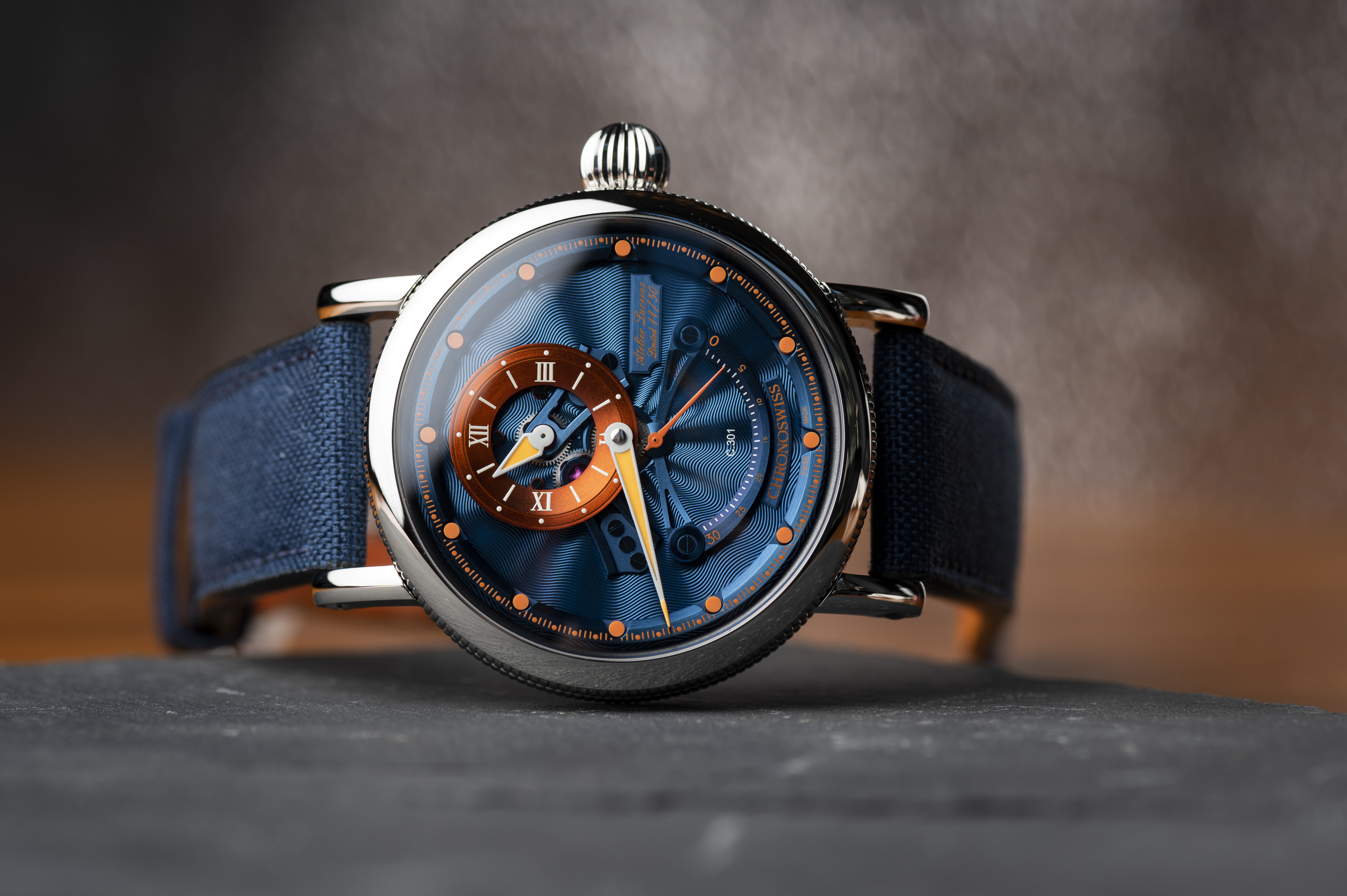 The watch’s “crown” and head position are both referred to by their name. This shows how significant its function is.
The watch’s “crown” and head position are both referred to by their name. This shows how significant its function is.
People have asked me the bizarre question, “Can a watch work without a crown?” Most likely, the answer depends on the watch’s condition. Particularly about the kind of watch movement.
You might only use it to set the time on a basic quartz movement, which doesn’t rely on manual winding. But on a manual mechanical watch, the crown is your only access to power.
Besides adjusting the time and performing a hacking function (which stops the second hand for accurate setting), watchmakers continue to develop new inventions and complications — all configured via the crown.
This is reflected in the evolution of their design and placement. A crown on a mechanical watch lets the the wearer wind the mainspring of the watch to power the internal movement.
On watches with more complex functions — such as world-timer, GMT, and moonphase — a crown is used to configure every detail.
In diving watches, a screw-down crown helps form a water-resistant seal that protects the internal movement.
Crown Position and Wearability
Crown placement isn’t random. Most watches place the crown at 3 o’clock, but some — especially for left-handed wearers — are positioned at 9 o’clock or even 4 o’clock to enhance comfort.
Designers also add crown guards to prevent accidental impact. These small side flanges on the case protect the crown from damage — especially useful in tool and diving watches.
Types Of Crowns
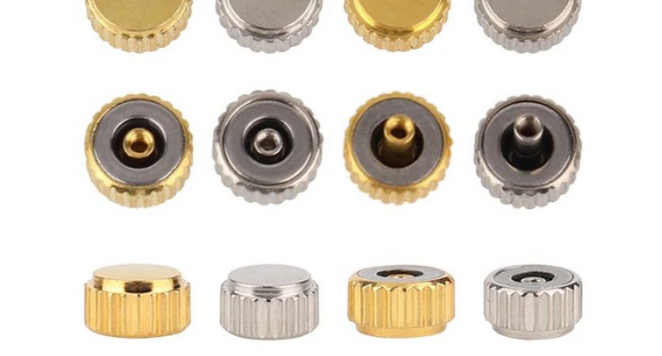
Conical Crowns
The top conical crown is typically rounded and ribbed, and the sides are tapered. Its design is rooted in early aviation — easy to grip, even with gloves on.
Cabochon-Studded Crowns
Cabochon crowns have a domed gemstone embedded on top. urely ornamental — but utterly luxurious. A homage to attention to detail.
Screw-Down Crown / Inset Crown
Designers created the inset crown to prevent it from catching on a sleeve or other external material. Designers keep it subtle by recessing it into the watch face or placing it between crown protectors.
Additionally, these crowns help to create a watertight seal on watches that are more water resistant.
Onion Crowns
You guessed it — shaped like an onion. A throwback to pocket watches and early aviation, these crowns are large, bulbous, and bold.
Crowns with Buttons (Chronograph Crowns)
Used in chronographs, these crowns have an integrated push button — no extra stopwatch buttons needed.
The integrated button makes it simple for the wearer to start, stop, and reset the chronograph.
Straight Crowns
The straight crown is the most famous. Because of its effortlessness and simplicity. The majority of collector luxury watches feature this style. It is regarded as a classic.
But, crowns are more than a decorative part. Their boasts reflect the integrity and utility of their designs. You use the crown to wind both mechanical and automatic watches.
In most cases, it is used to set the extra watch components. Like the lunar calendar, as well as the central clock’s time.
How to Wind Your Watch?
To wind a mechanical watch. Simply turn the crown in a clockwise direction until you feel resistance. This obstruction winds the mainspring and provides energy to the watch’s internal movement.
Between wears, the crown of an automatic watch can be used to wind the watch. Just by turning the crown in its first position (counterclockwise to pull it out, then wind clockwise) — around 20–40 turns is typical.
After winding, push and turn the crown back in to secure it against the case and maintain the seal.
Need a full step-by-step visual? Here’s a complete guide on how to wind an automatic watch the right way — without damaging your movement.
Conclusion

In conclusion, the watch crown plays a crucial role, especially in the operation and functionality of a timepiece.
Watch Crown is a small but important component of a watch. It allows the wearer to adjust the time and date, wind the watch, and even activate high-level complications.
Without the crown, your watch would be incomplete — and in many cases, unusable.
So next time you admire a watch, don’t just look at the dial or case. Look at the crown. That little detail holds more history, power, and personality than you might think.
Take care of it — and it will take care of your time.
And if you want to keep your automatic watch powered even when not wearing it, consider using a watch winder for automatic watches — especially for collectors with multiple timepieces.

